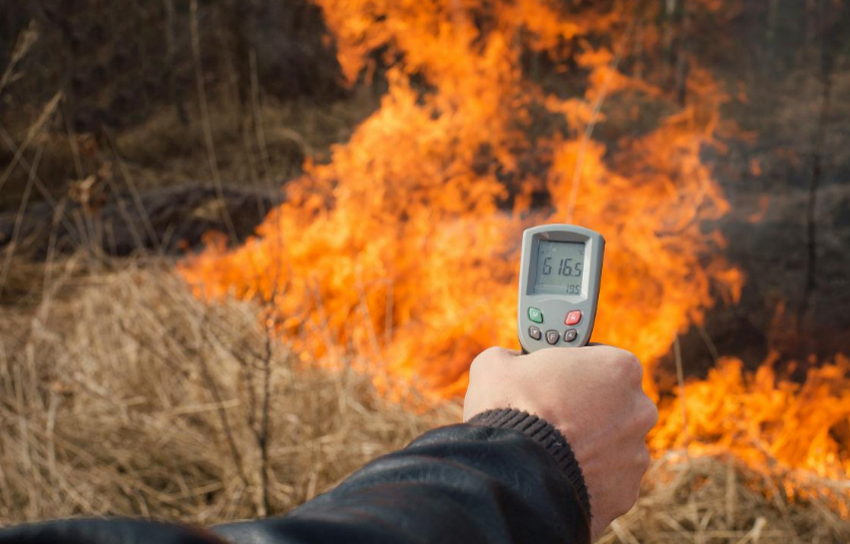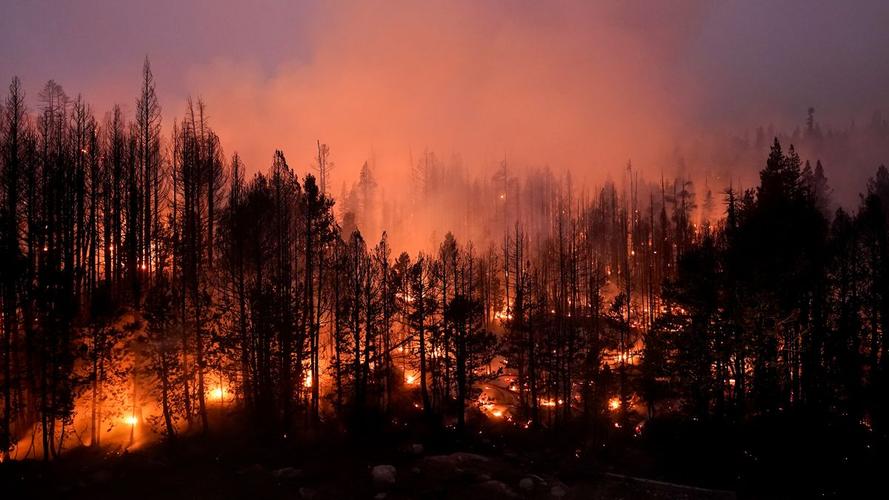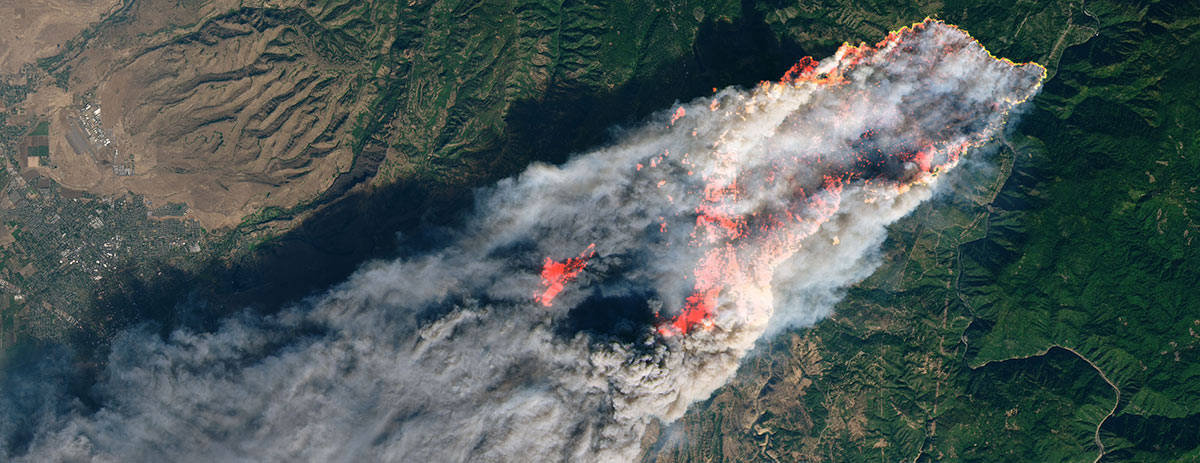Wildfire Enemy: Can Early Detection Tools Become the Forest's "Guardian"?
In recent years, wildfires’ speed and destructiveness have made people worldwide sweat with concern. From the bushfires in Australia to the raging flames in California, wildfires seem to be becoming increasingly difficult to control. As a result, scientists and engineers have started focusing on early detection technology, hoping it can act like a "sharp eye," spotting a fire in its infancy and extinguishing it before it grows out of control Cameras, satellites, sensors installed on trees... these high-tech tools have been highly anticipated, but firefighters have poured a cold splash of water on this optimism: early detection is not a cure-all, and some fires may spiral out of control no matter how early they are detected.

Forests are filled with "fire alarm systems," which might include cameras, satellites, or even small sensors hanging on trees. Their task is to detect the first signs of a fire and notify firefighters, saying, "Hey, something's not right here!" It sounds great in theory, but the reality is more complicated. First, cameras are the "main force" of early detection. They act as the "eyes" of the forest, continuously scanning the surrounding environment 24/7. Recently, the addition of artificial intelligence (Al) has made these "eyes" smarter. AI can automatically recognize columns of smoke in camera footage, much like an experienced firefighter who can raise an alarm as soon. as the smoke begins to rise. This technology has already been deployed in certain areas, such as the ALERTWildfire system in California, which uses Al, to analyze camera footage, helping firefighters spot fires more quickly and allocate resources.
However, cameras also have limitations. They need to be installed in areas with clear views and are greatly affected by weather. For example, thick fog or heavy RAM can cause cameras to become "blind" and unable to accurately identify smoke. Moreover. Cameras only cover limited areas, and wildfires often occur in remote regions, which may have no cameras at all.

If cameras are the "eyes" of the forest, then satellites are the "eyes in the sky" of the Earth. From space, they can detect the heat generated by wildfires. This technology is especially useful for monitoring large-scale fires, such as the bushfires in Australia.Satellites can detect heat sources within minutes of a fire starting and send information back to Earth. However, satellites also have their own "blind spots." When there is overcast or rainy weather, it's as if the satellite's eyes are covered.Also, satellite data isn't transmitted in real-time, meaning by the time the information reaches the ground, the fire may have already spread. In addition to cameras and satellites, there a more "down-to-earth" detection tool sensors installed on trees. A German startup called Dryad Networks is promoting this technology. These sensors act like "electronic noses," capable of detecting gas components in wildfire smoke.
Dryad Networks' sensors are particularly useful for monitoring high-risk areas, such as forests near residential areas or critical infrastructure. However, these sensors may sometimes trigger false alarms— if a family is happily barbecuing, the sensor might mistake the barbecue smoke for wildfire smoke, causing unnecessary panic.

Although early detection tools are becoming more advanced, they cannot prevent every wildfire from spreading. Wildfires are like "cunning opponents" that always find ways to break through defences. For example, fires started by lightning often occur in remote areas. Additionally, high temperatures or strong winds can cause a fire to escalate quickly, and even the most advanced detection tools may be helpless in such conditions. Scientists are also researching how drones and robots could be used to assist in firefighting. These "airborne warriors" and "ground heroes" could carry out tasks in dangerous areas, reducing the risk to firefighters.
Wildfires are a part of nature, and humanity cannot fully eliminate them, but there is still hope to use technology to reduce or even prevent the damage they cause. Early detection tools act like the "guardians" of the forest. While they cannot stop every fire, they can at least give people more time to respond. In this "long-lasting battle* between humanity and wildfires, technology is our important ally, but ultimate victory will require us to live in harmony with nature and find a balance.
(Writer:Tommy)





